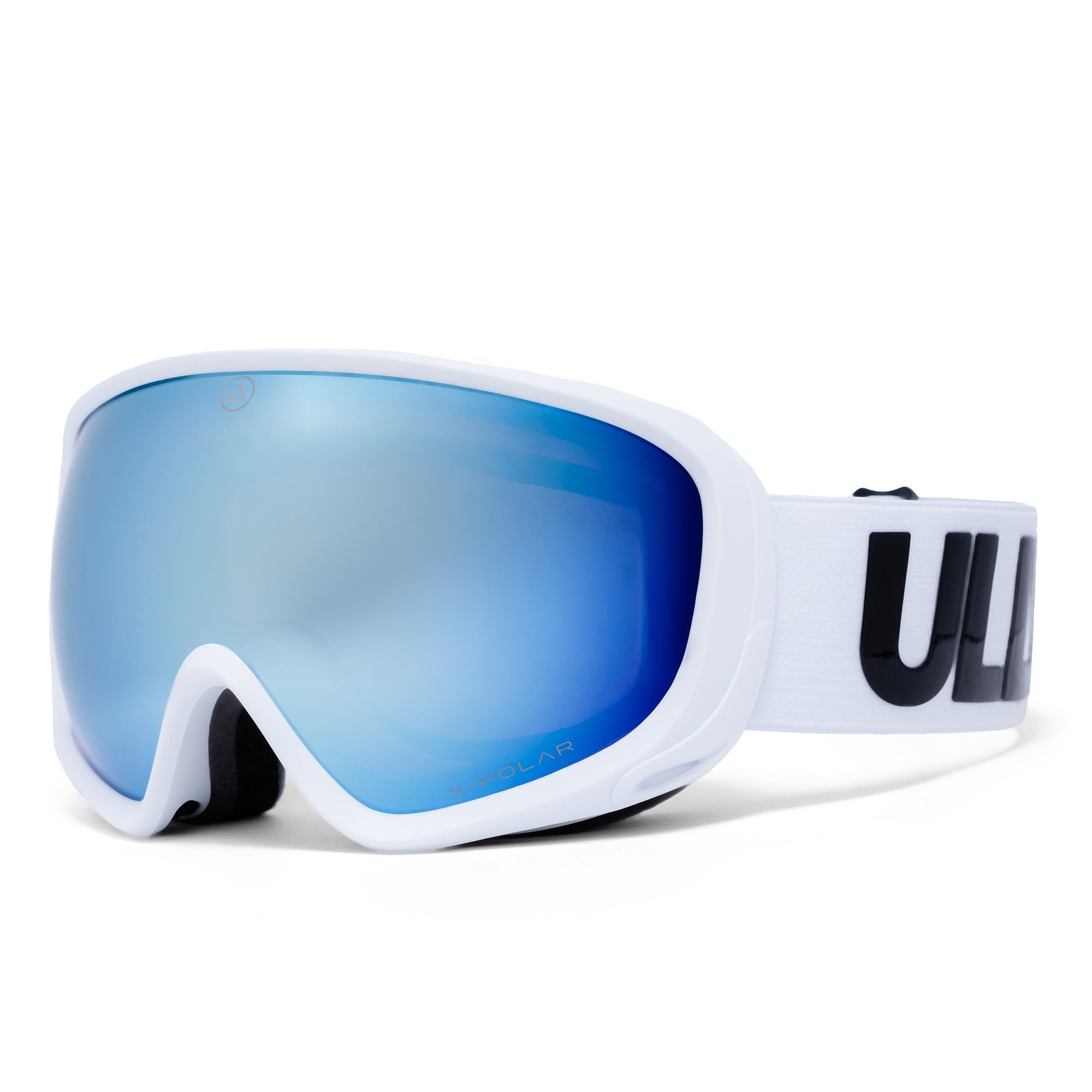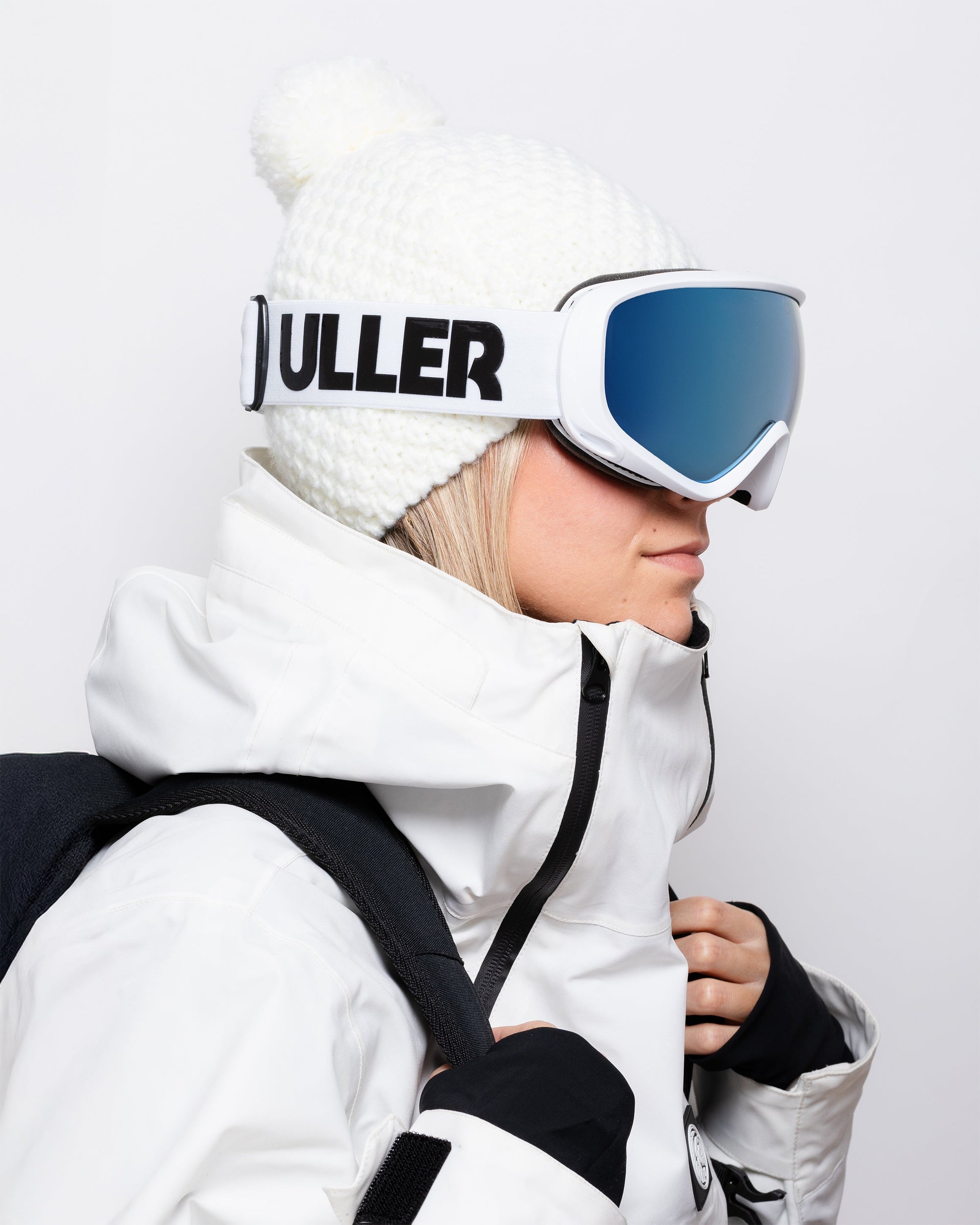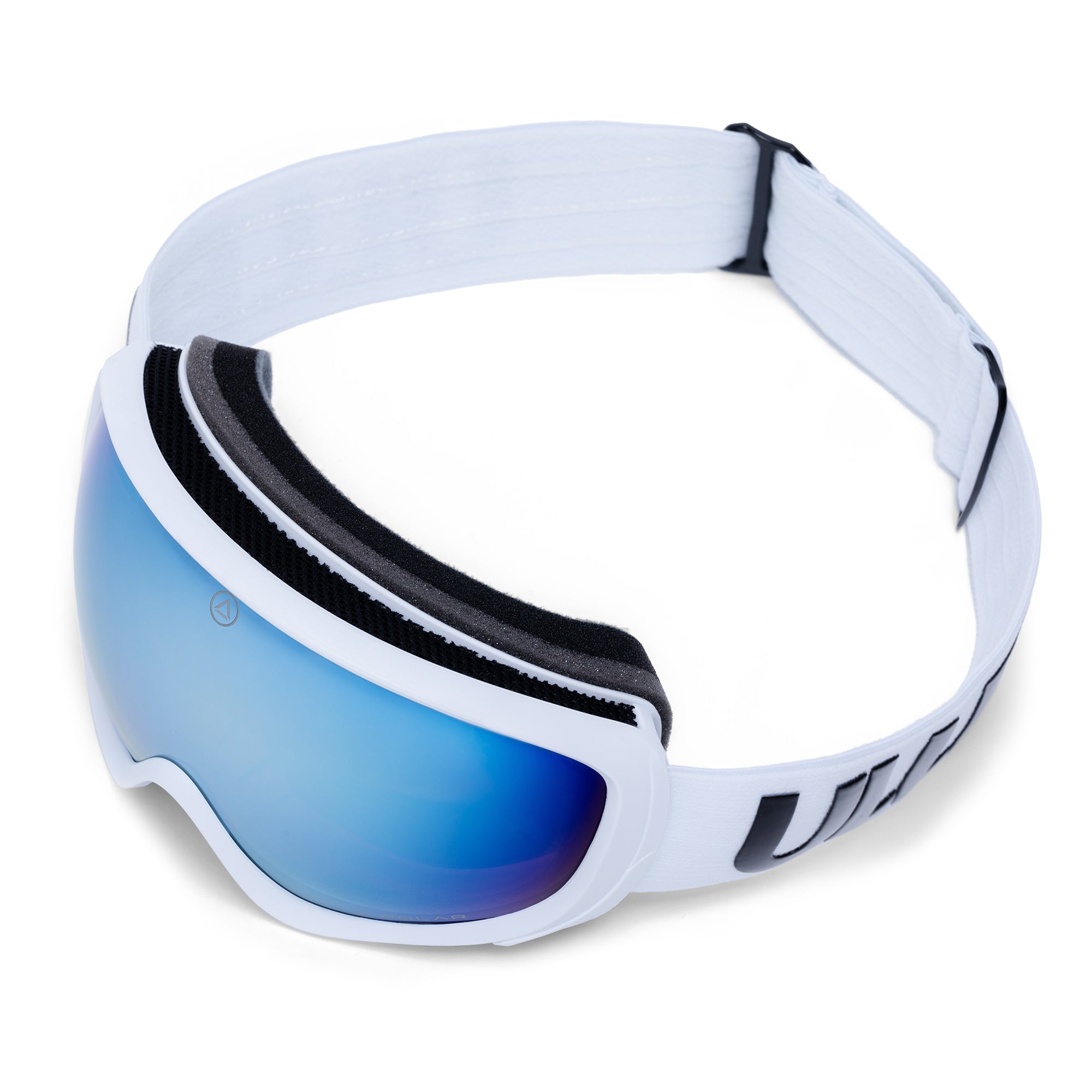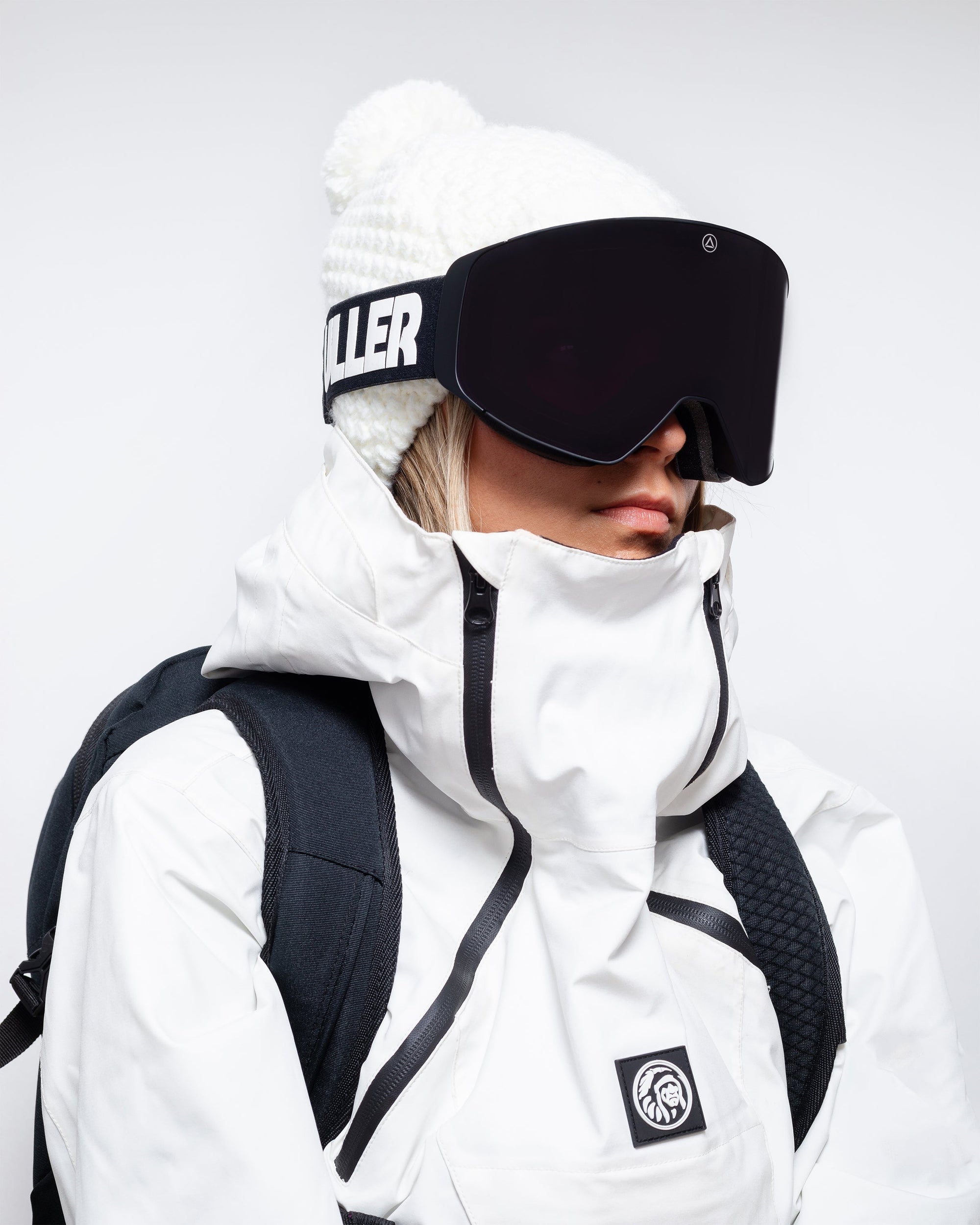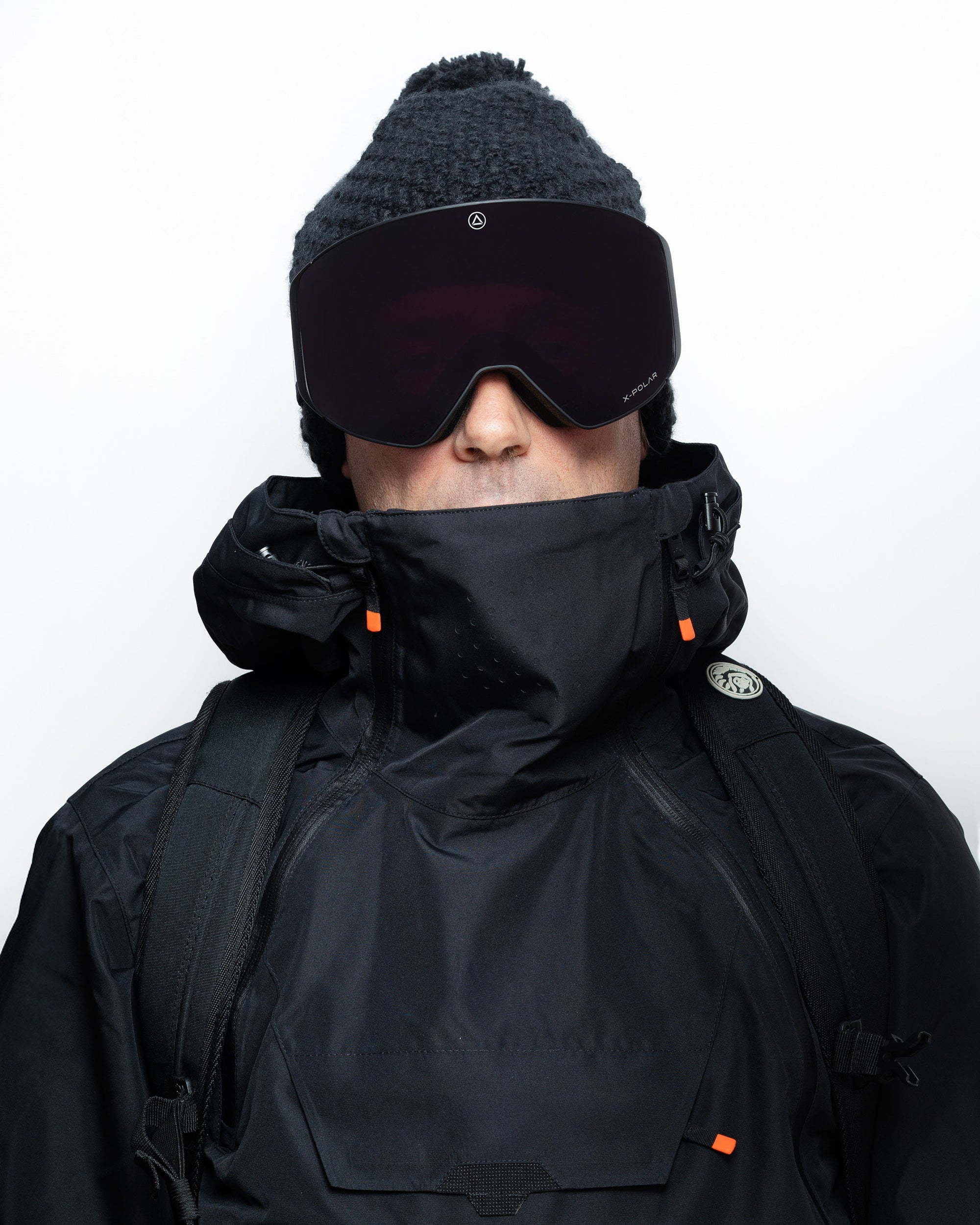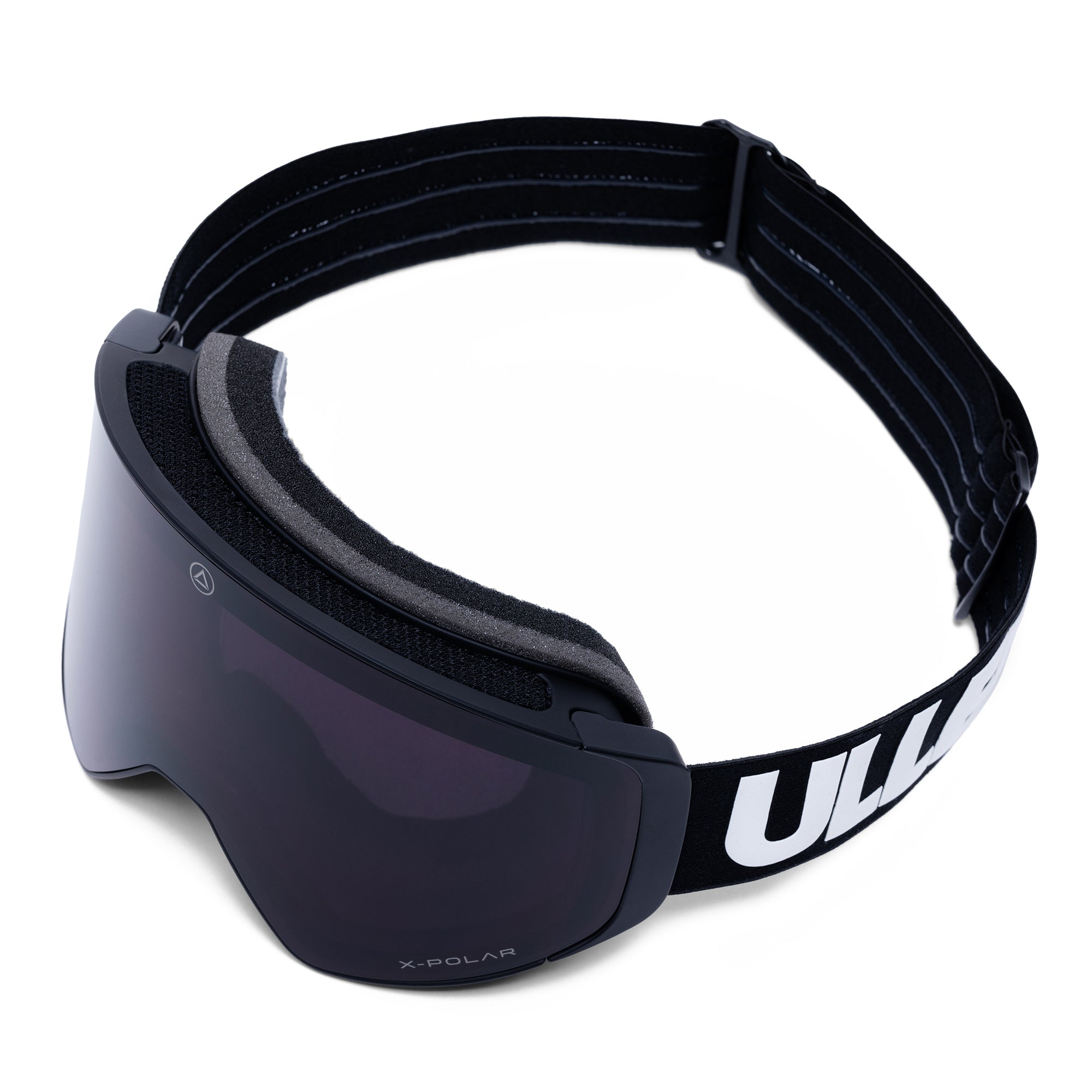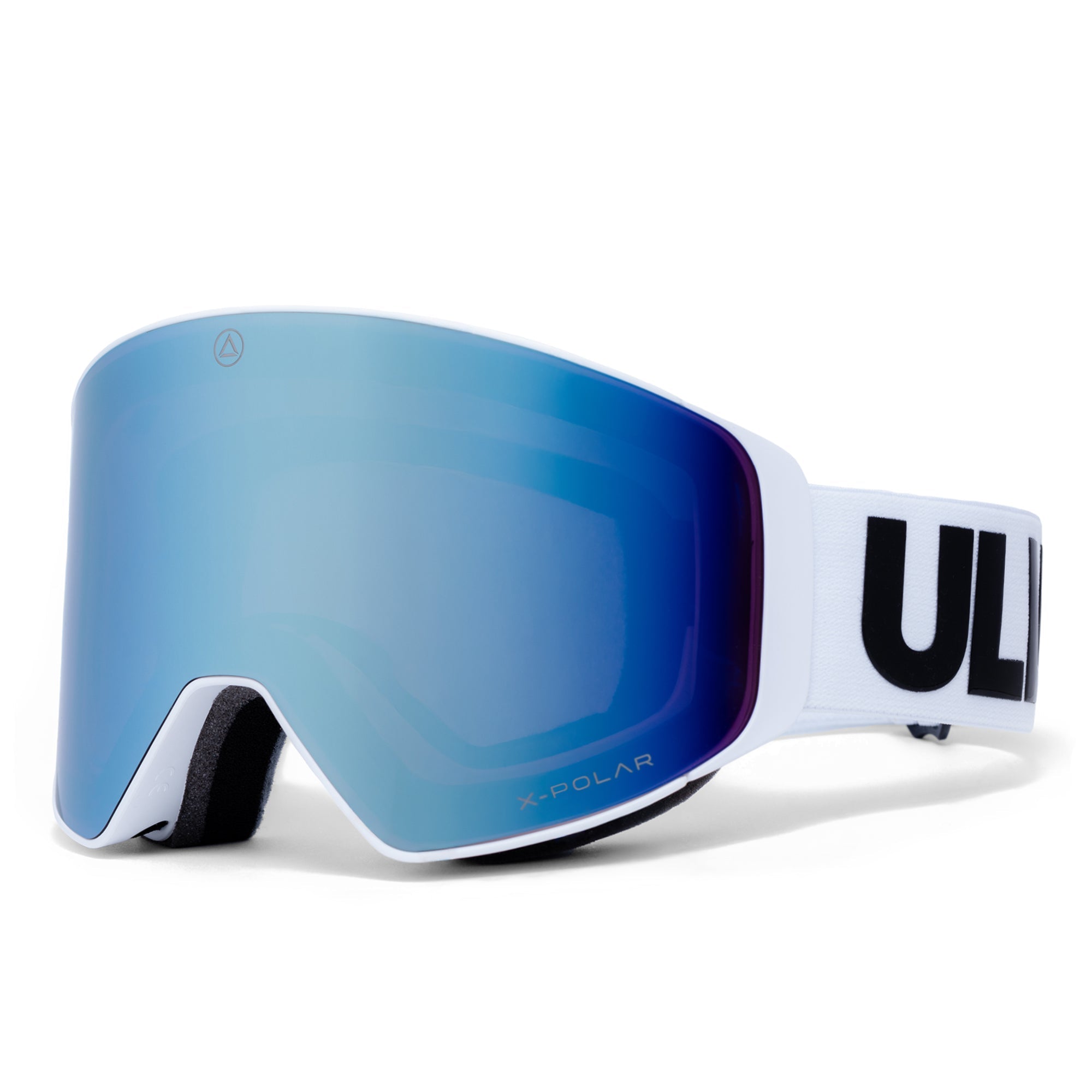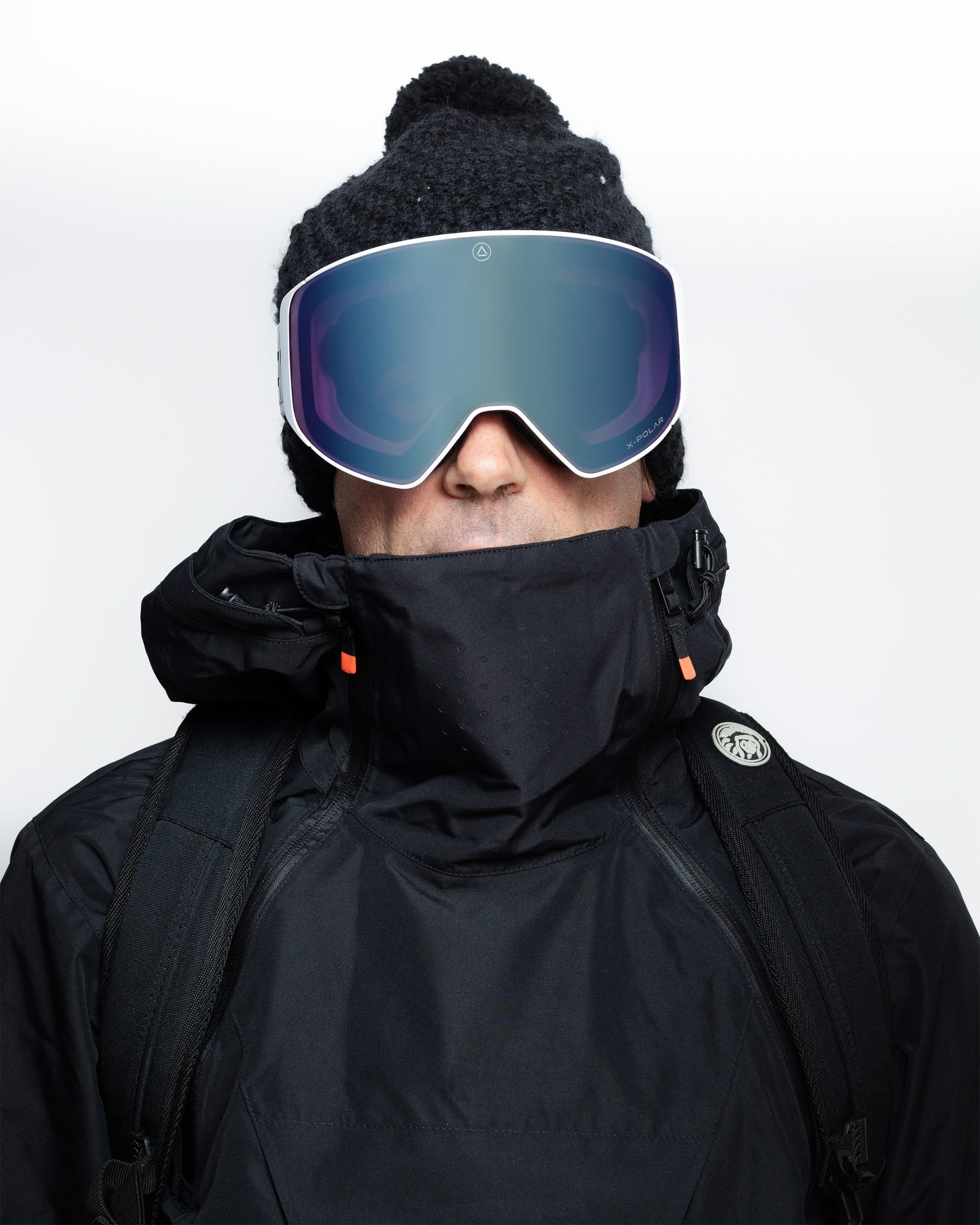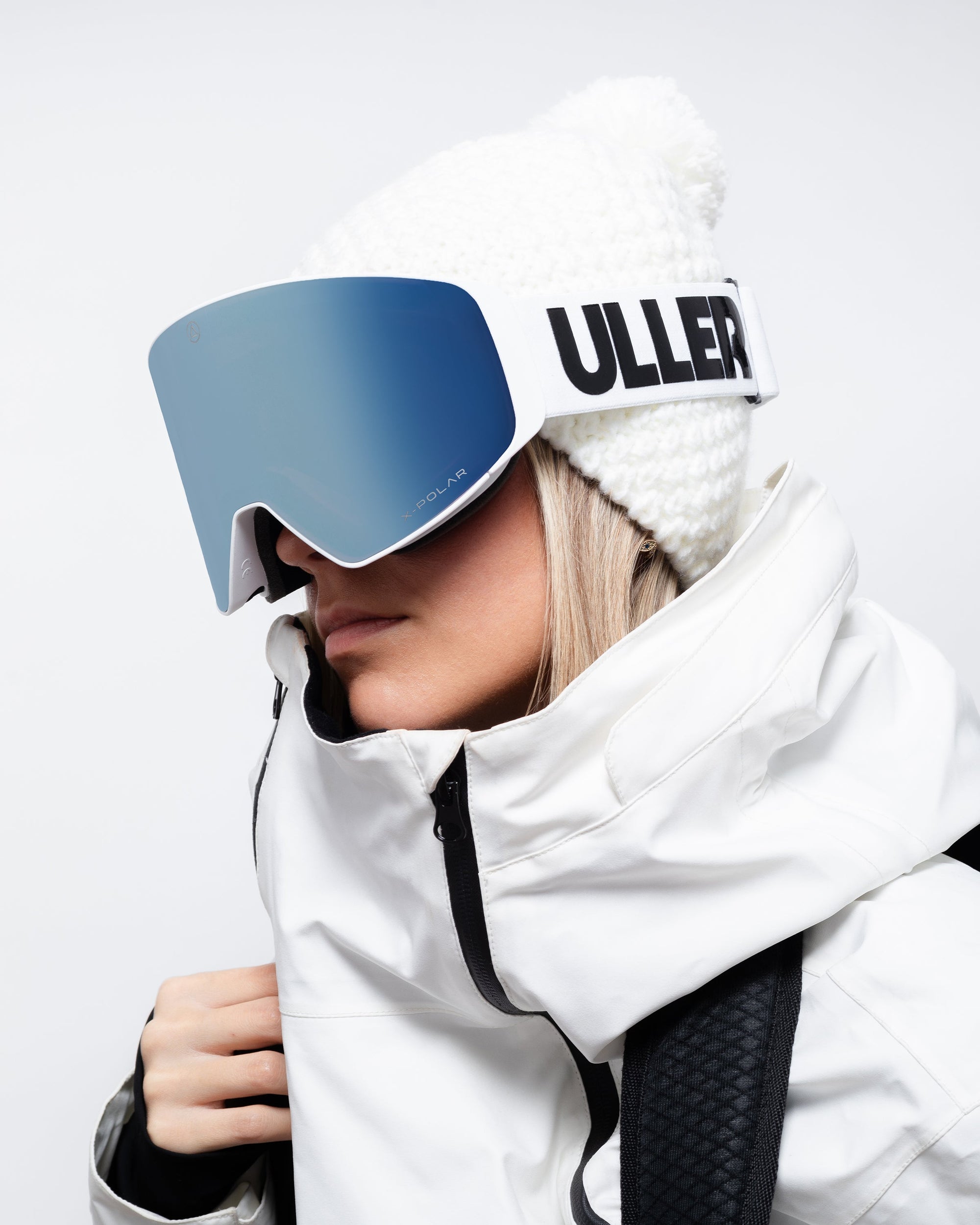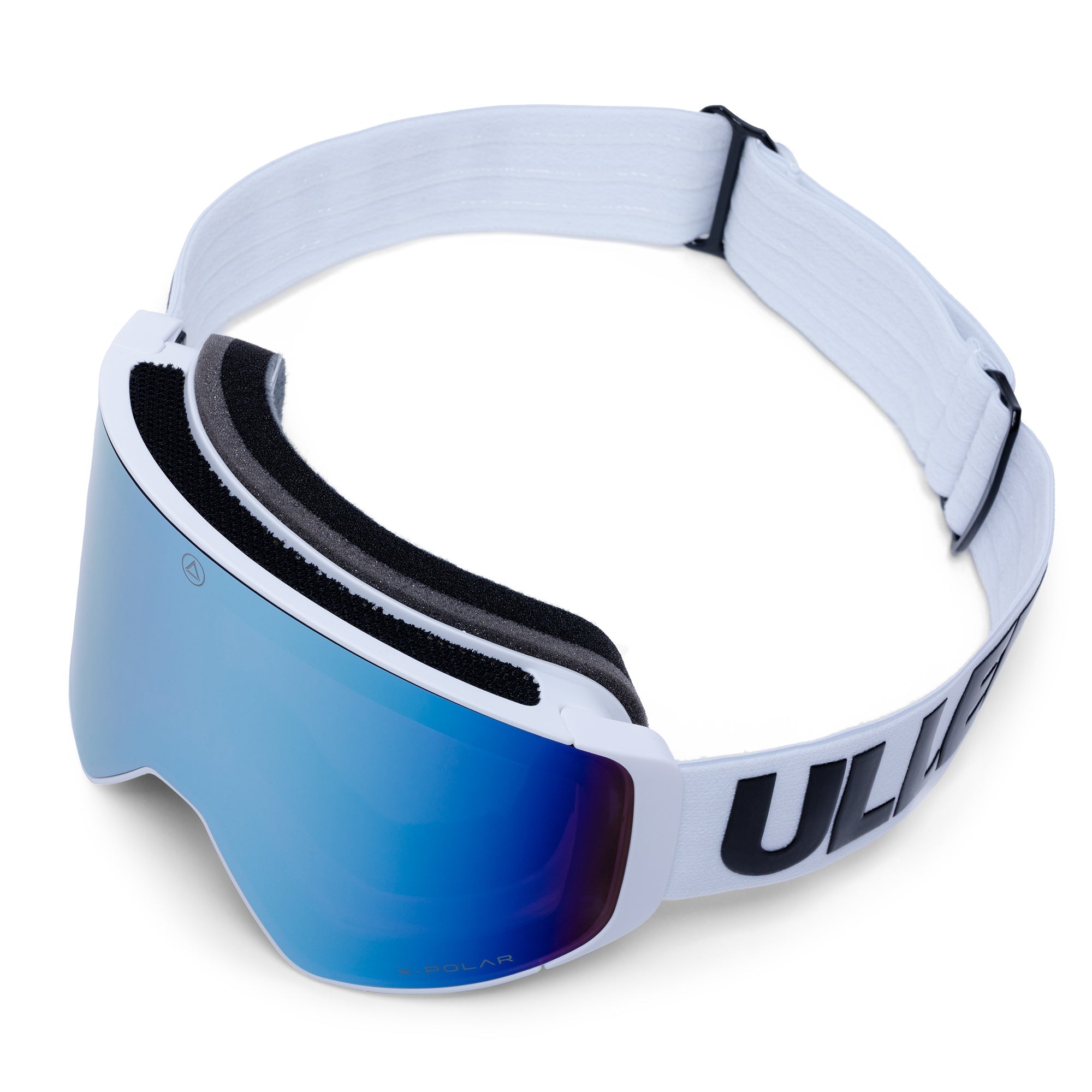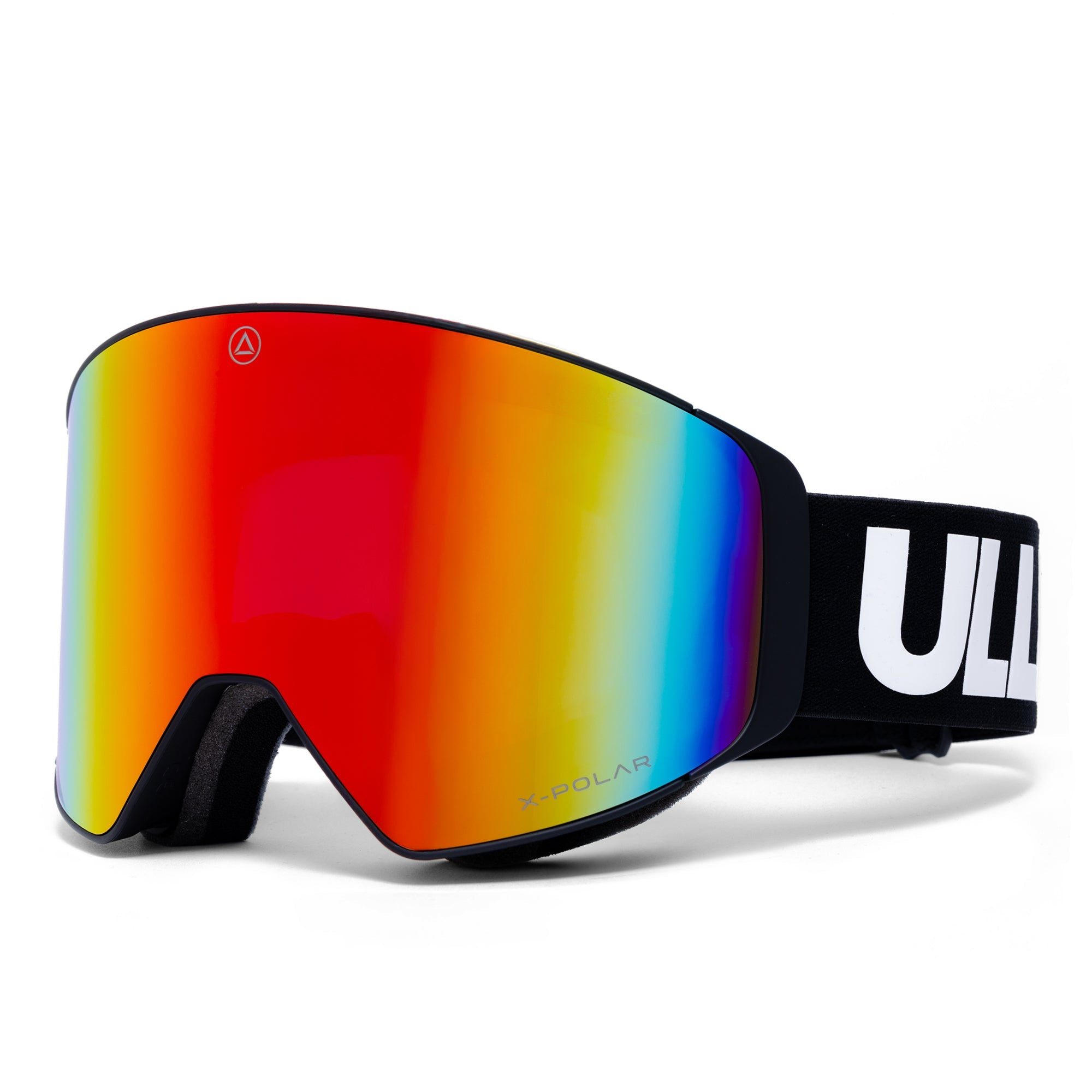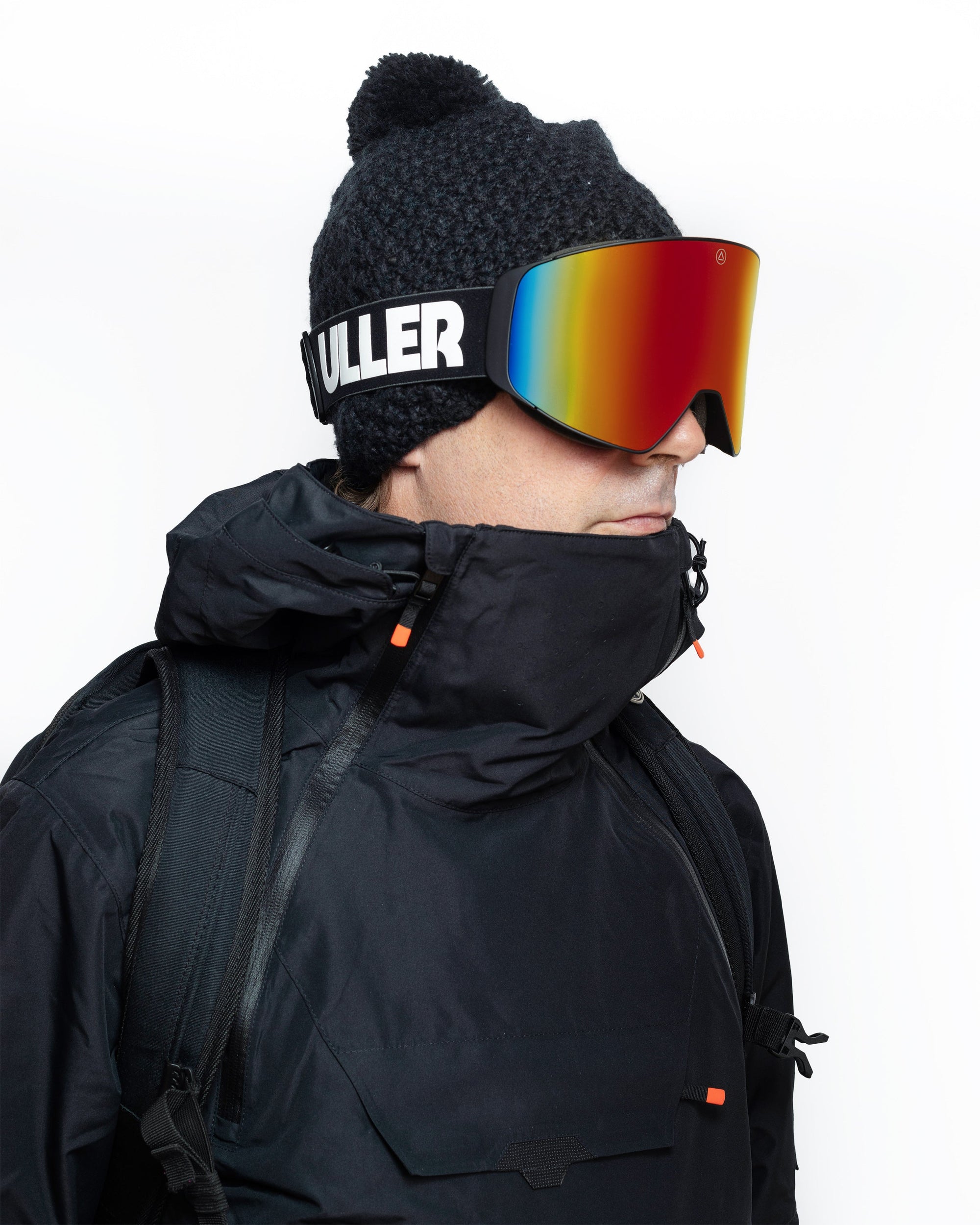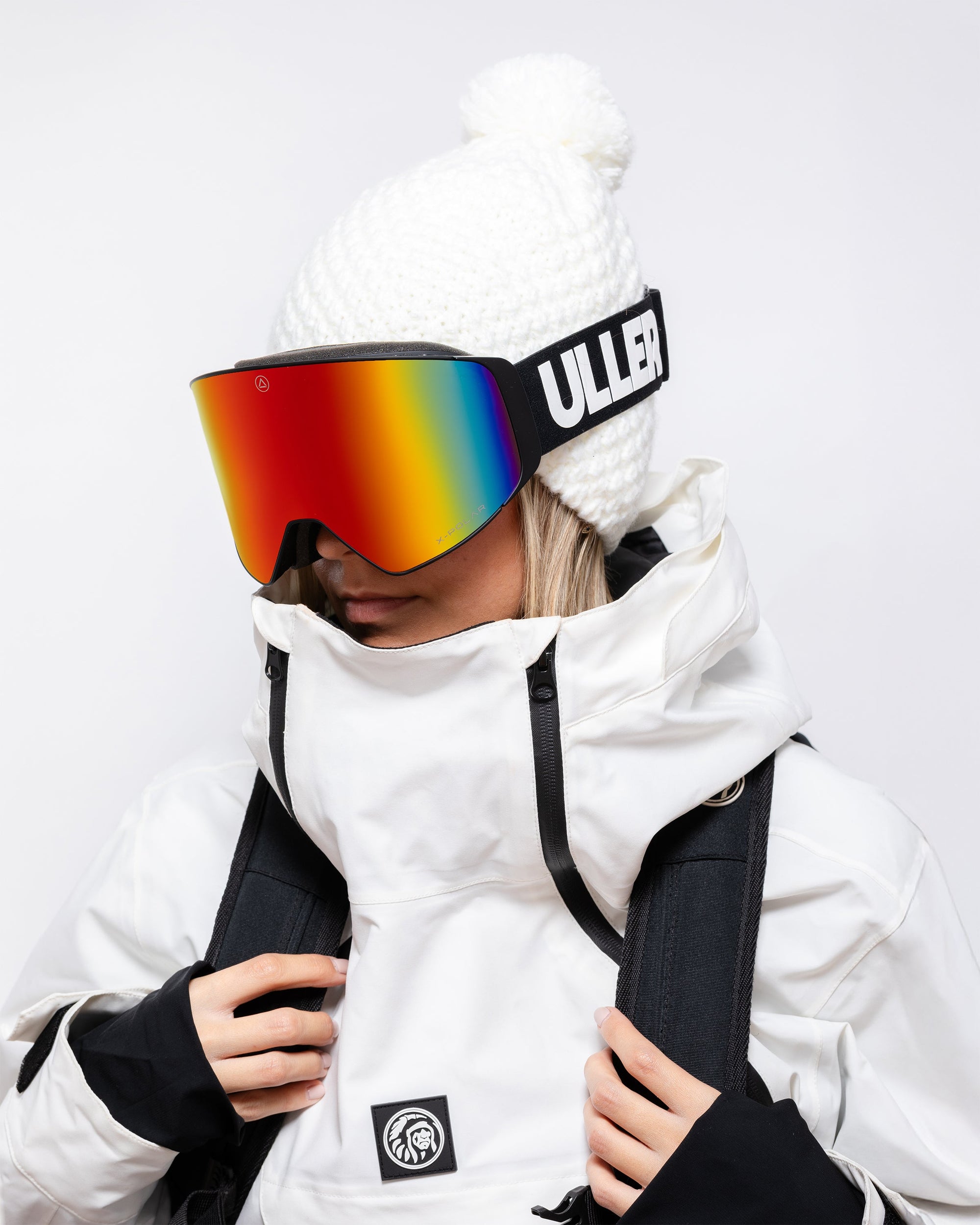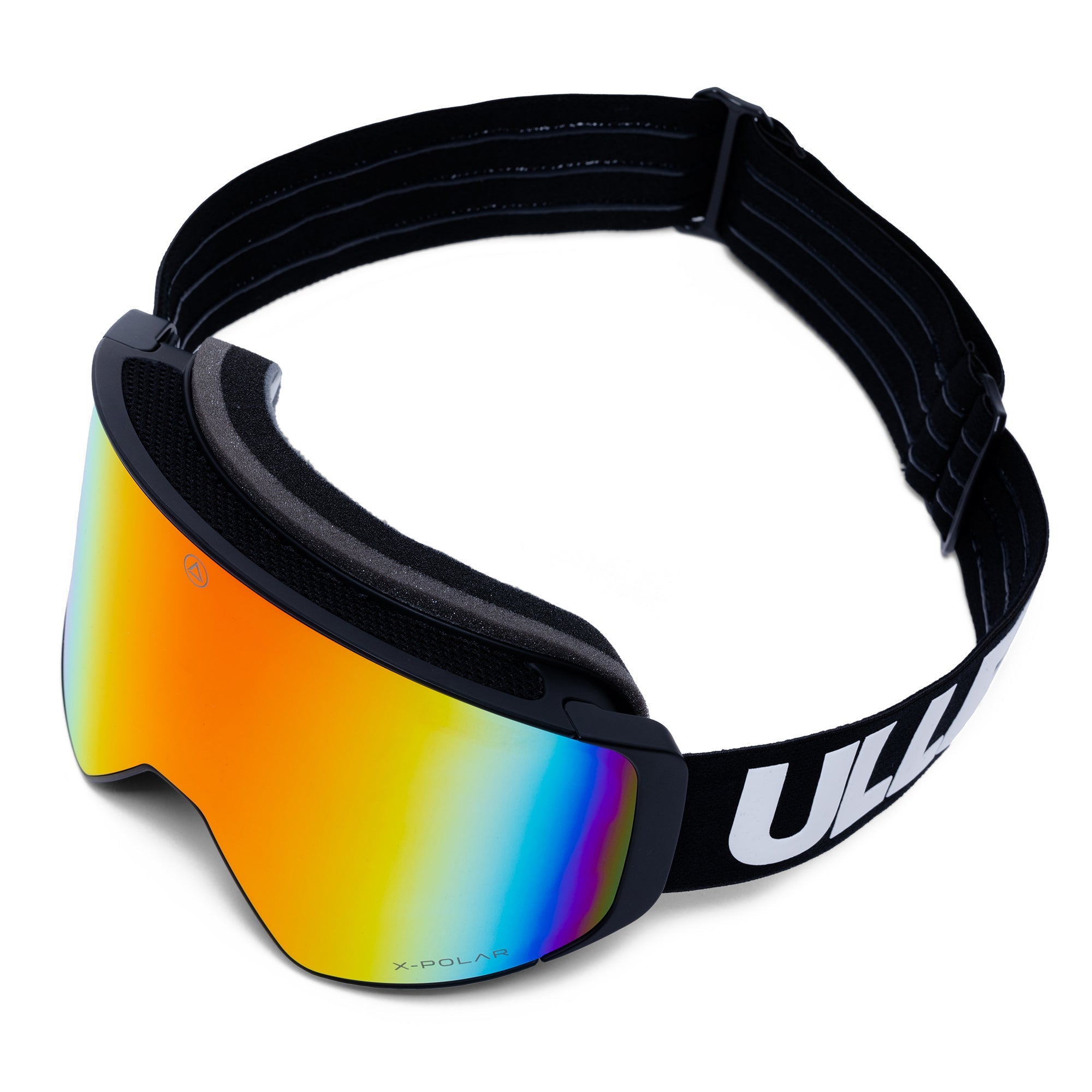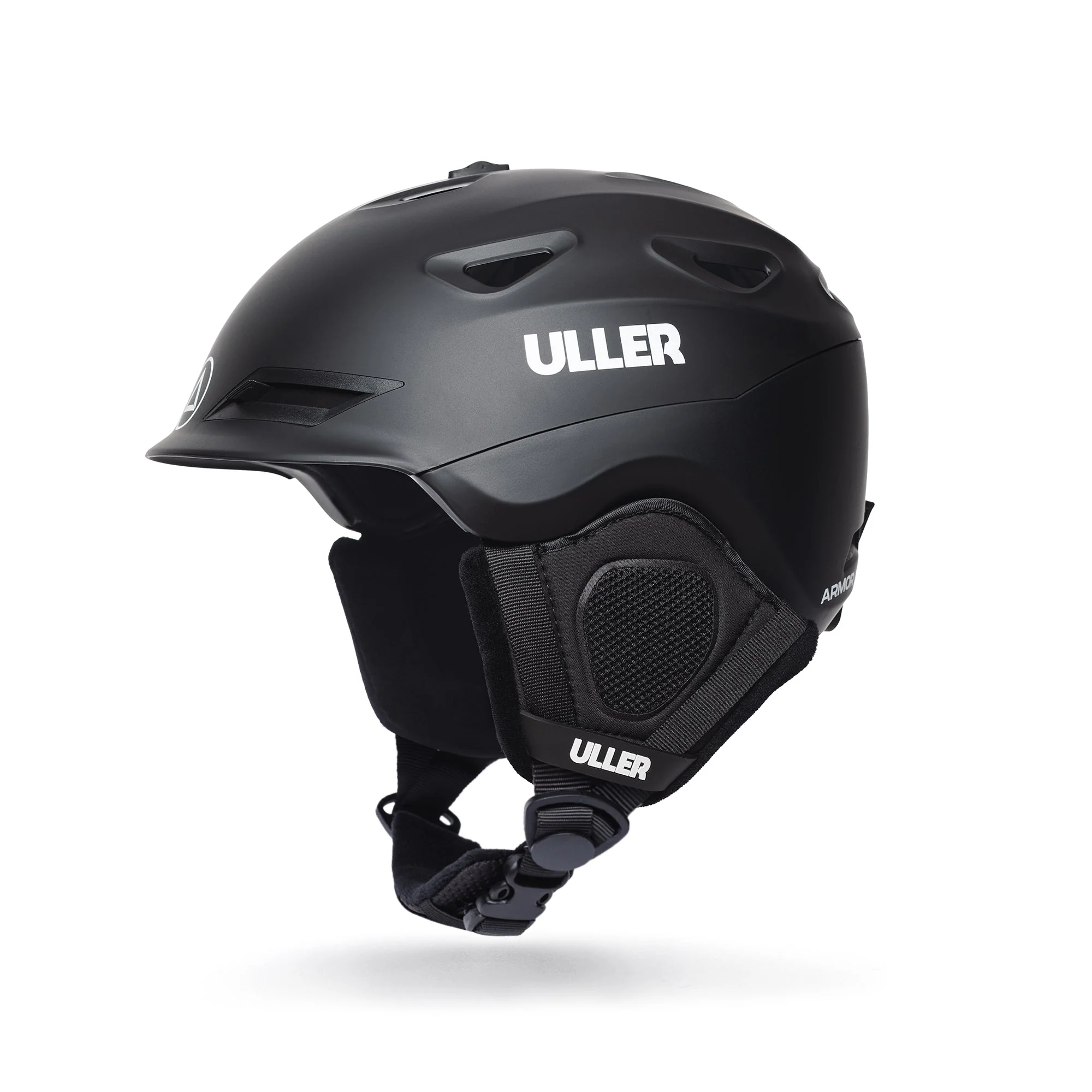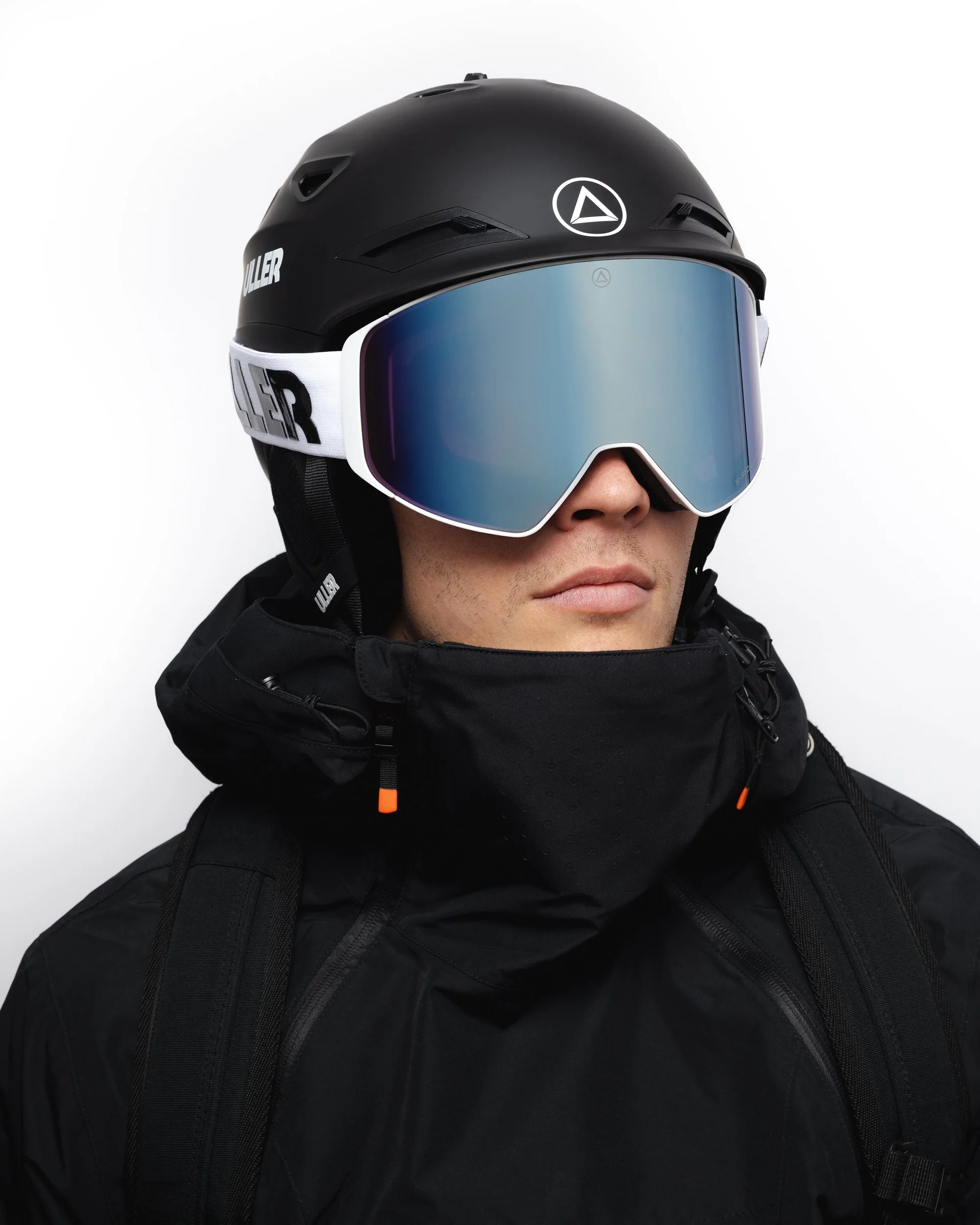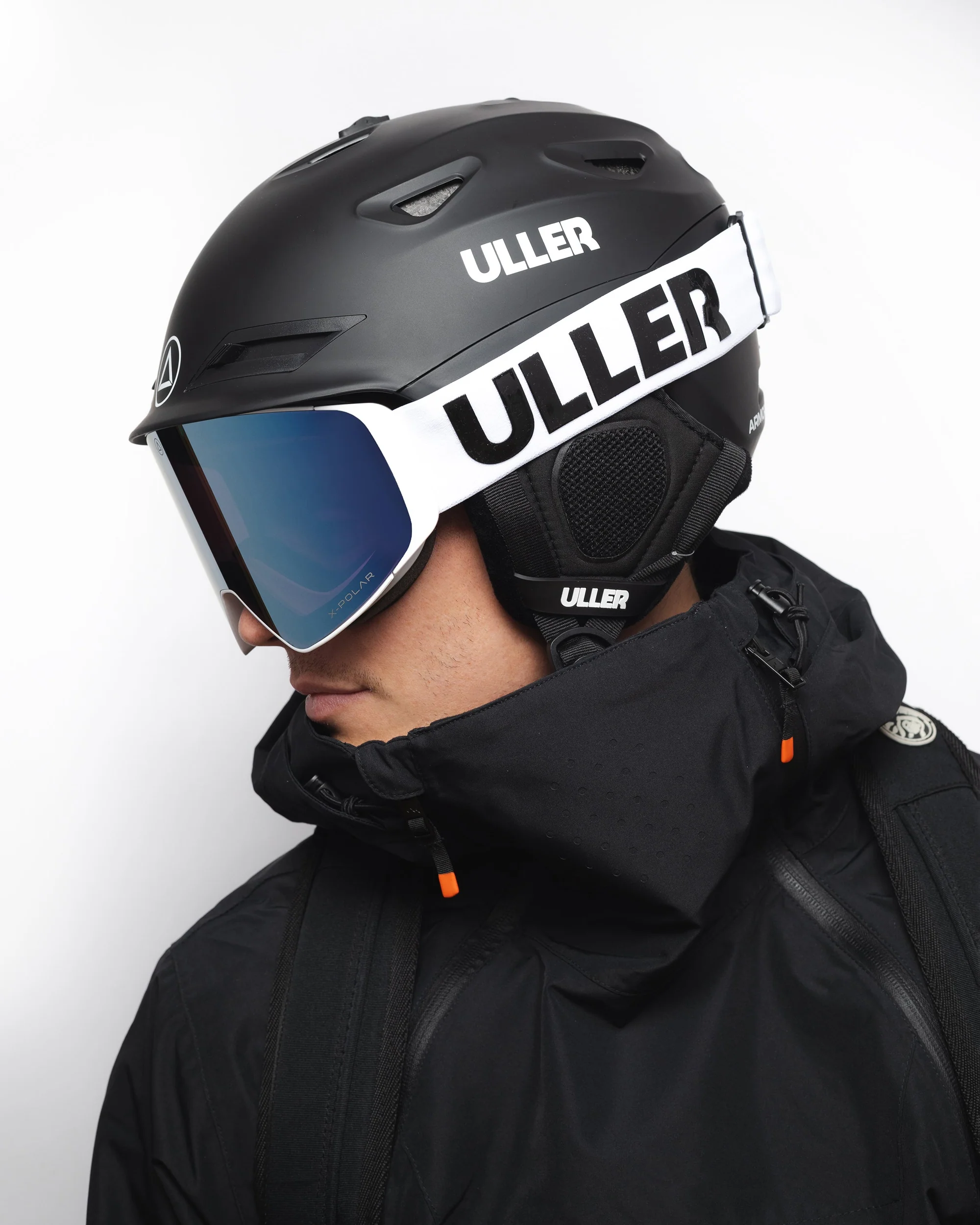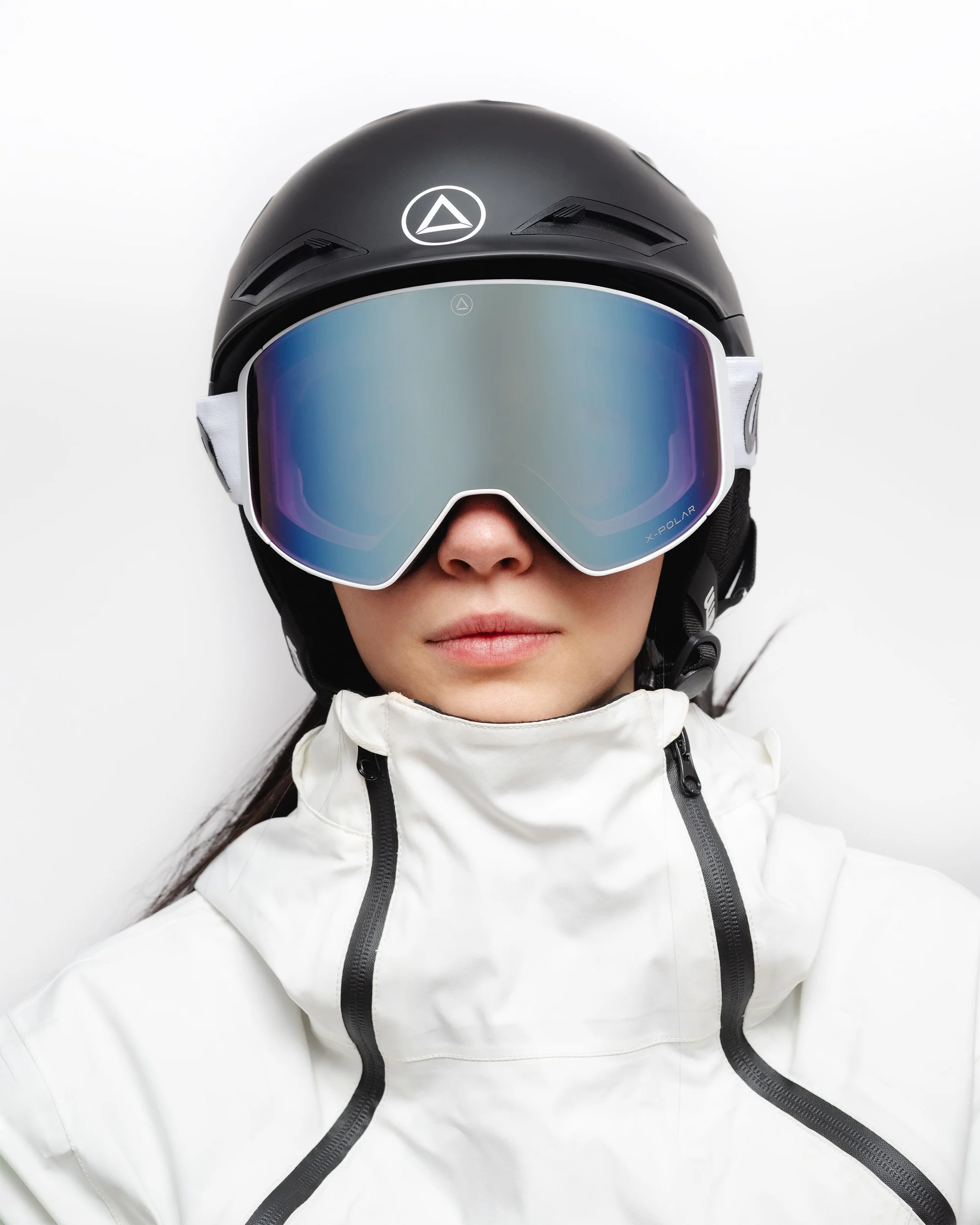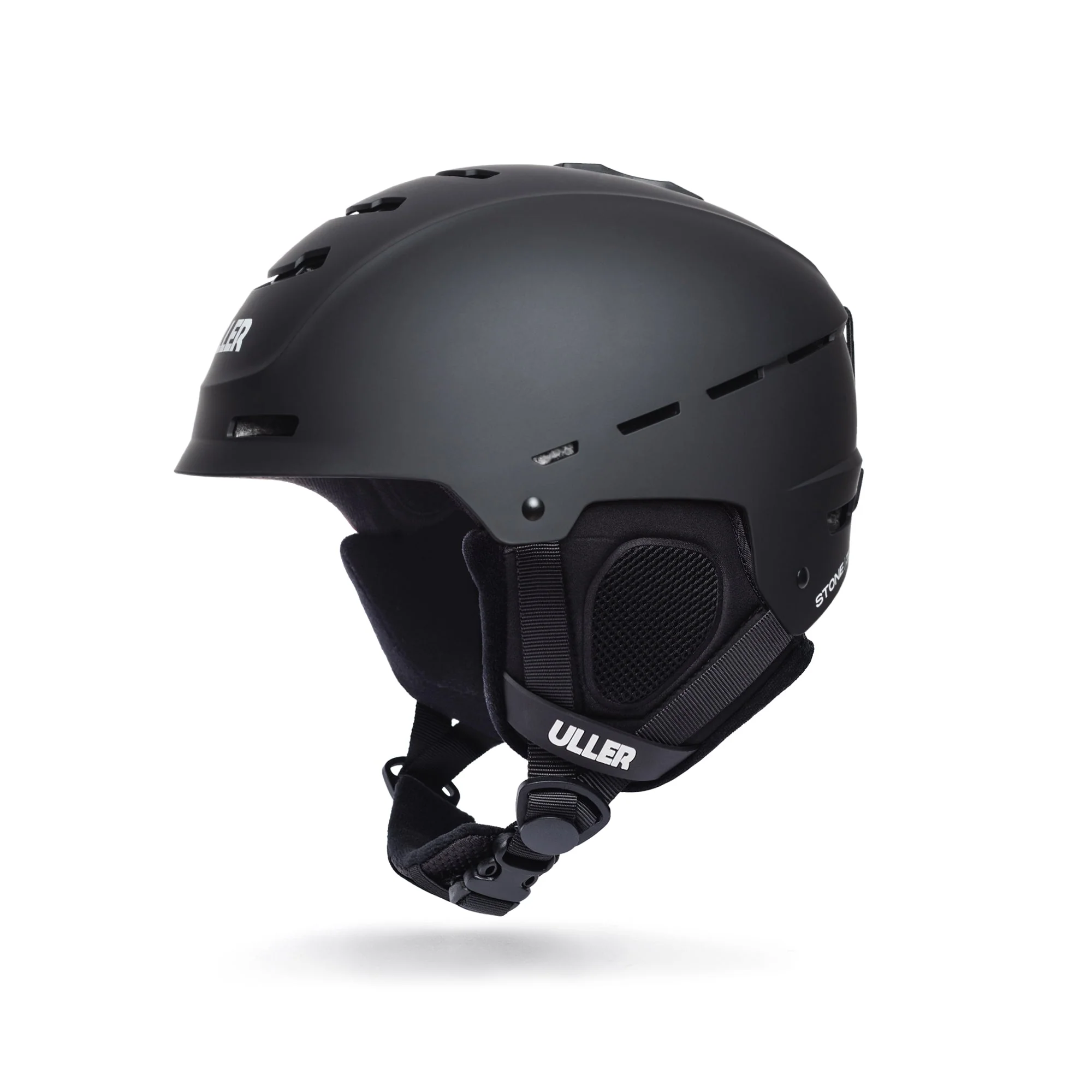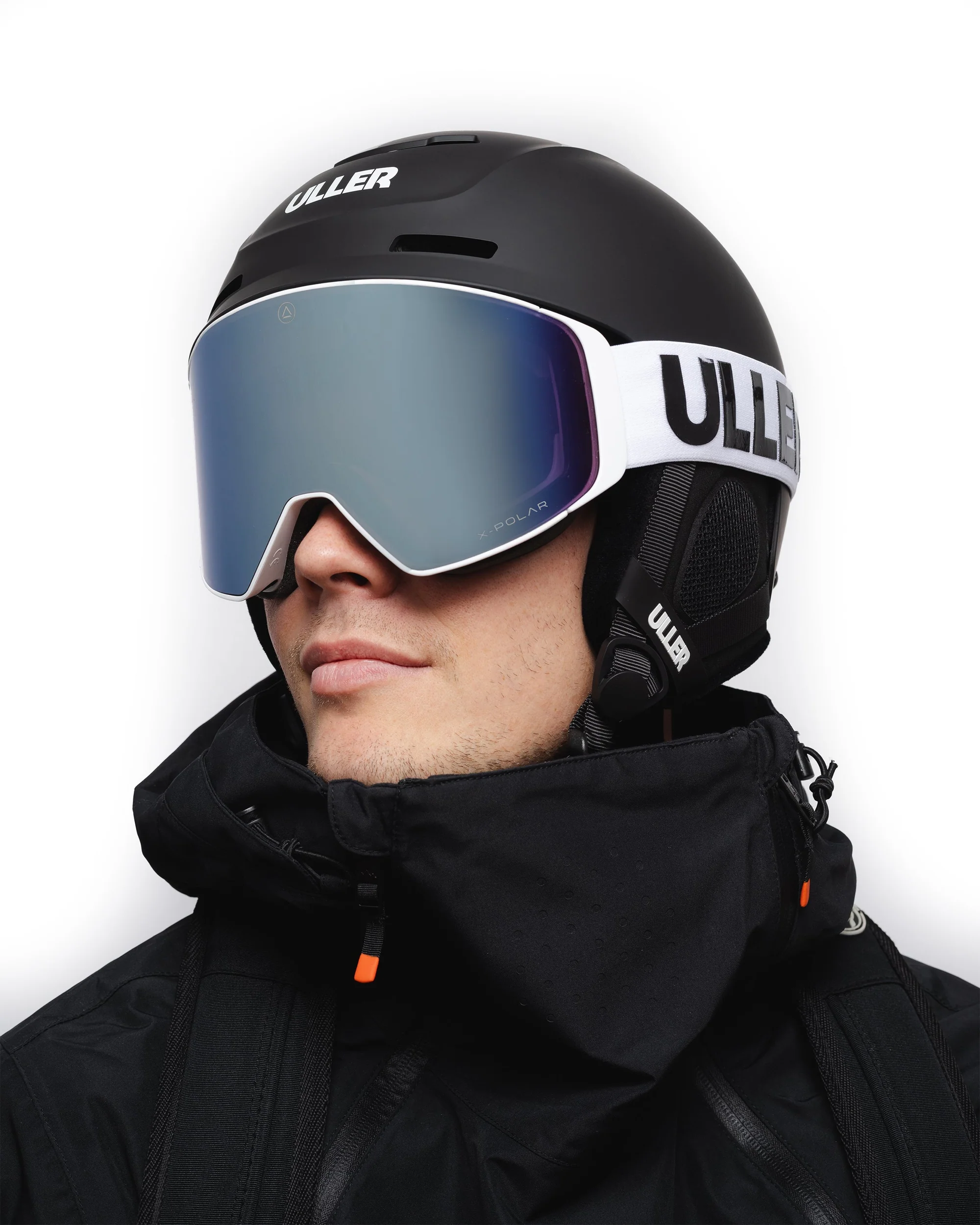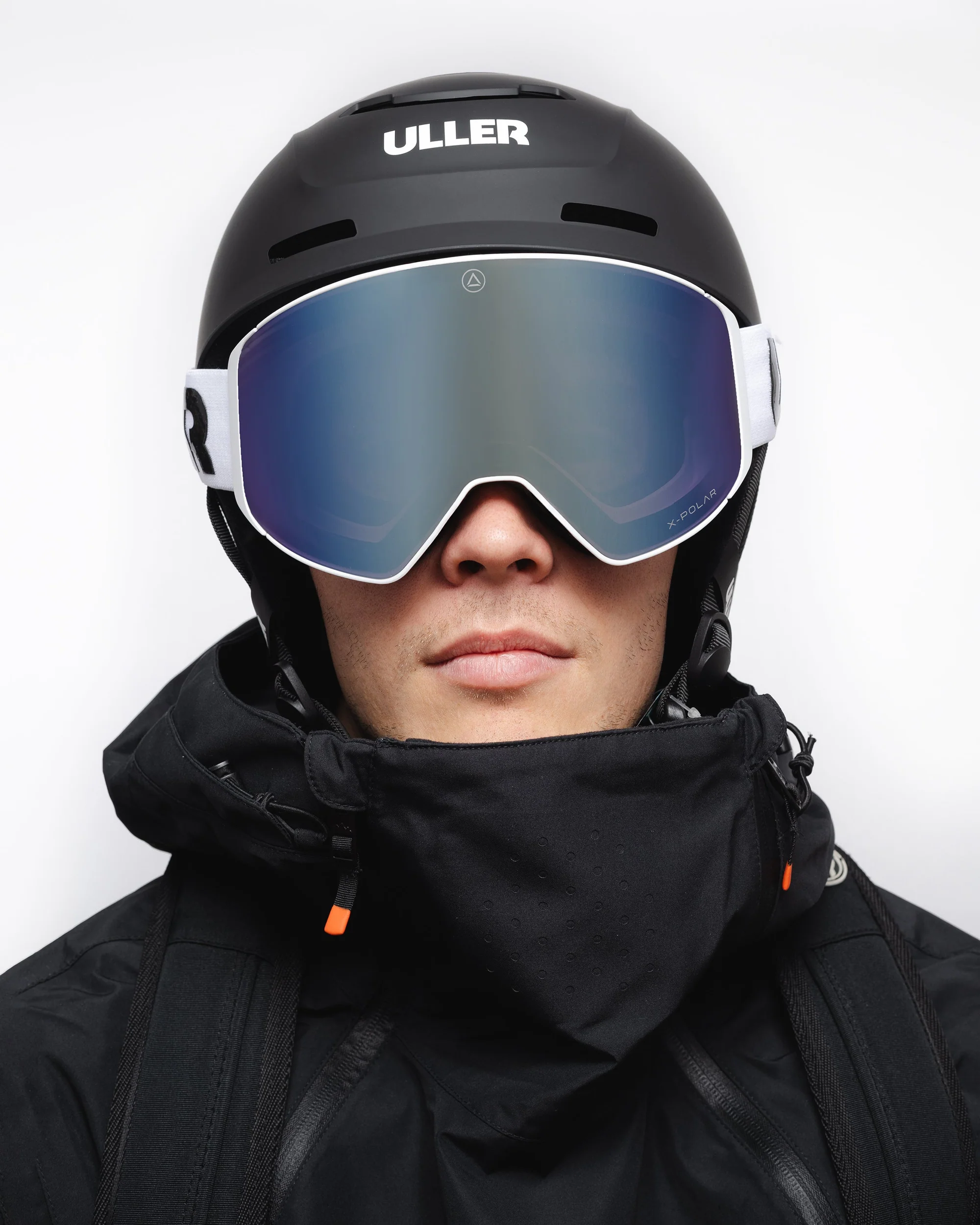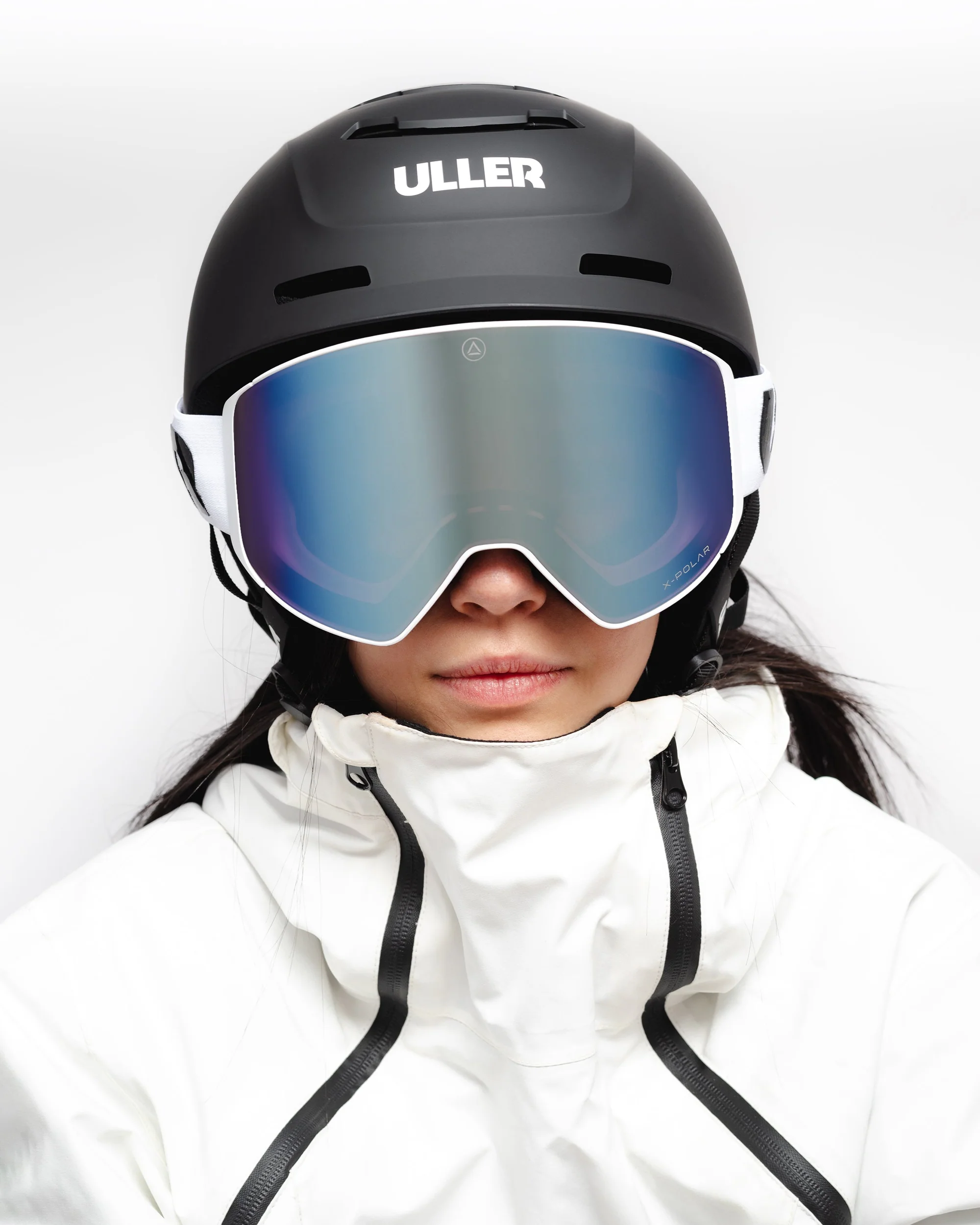Have you ever wondered while skiing on the snow why snowflakes have that shape? Or how is it possible to have those crystal shapes, geometric and complex? In this article we are going to give you all the answers that will help you understand the phenomenon of snowflakes.
THE STUDY OF SNOWFLAKES
Oddly enough, snowflakes have been studied for many years and the research project of many scientists. In 1611 a scientist named Johann Kepler wrote the work Strenea seu de nive sexángula. Later, the philosopher René Descartes was the first to describe the shape of snow crystals, at least what his human sight allowed him to do. If we approach the last century you have Wilson A. Bentley who collected over 5000 images of snowflakes of which over 200 have been published in his book Snow Crystals.

However, the most extensive study on snowflakes has been done by the Japanese Ukichiro Nakaya from Hokkaido. The technique he used to carry out his research was taking photographs of a large number of snow crystals and cataloging them into their different types.

HOW ARE SNOWFLAKES FORMED?
In dry atmospheres, crystals take on a much more austere appearance, with hexagonal cousins. As the degrees drop, the hexagonal prisms lengthen and take the shape of a column several times. What happens is that when a thin layer of liquid appears on the surface of the ice when it comes into contact with the atmosphere. Thus, when very cold conditions occur below 25Cº and 10ºC the crystals lose their height and become flat prisms. When it rises beyond 10ºC, they become columns again, and they flatten again if the mercury rises to around zero degrees.

As the snowflakes fall, other water particles join them creating and forming new geometric shapes. The shape and geometry varies based on temperature and humidity, and at least six degrees Celsius and low humidity are needed. As the humidity rises and the temperature falls, the shapes of the flakes become more complex.
Because of this complexity and variety of flakes, many scientists have advocated the theory that each flake is different and unique. Furthermore, snow is not white, it really is colorless and transparent, what happens is that for us the sun's rays reflected on the surface make it that color to our eyes.

On the other hand, each snowflake follows a trajectory and presents a very clear story from the cloud from which it is born until it melts. There are numerous ascents and descents, clumps and collisions that occur once the snowflake leaves the cloud. It is then when it encounters different atmospheric situations, such as pressure, wind and temperature which ends up conditioning its final geometry.
As we mentioned before, each snowflake will be unique and exclusive, however, it is possible to establish a general measurement of snowflakes that would be around a diameter of between eight and ten centimeters. In fact, depending on the temperature we can deduce the shape or the size of the flakes.
At extremely low temperatures, flakes are often columnar. If the heat increases a little, the so-called dendrites will appear and at a temperature of minus -10 degrees Celsius, the so-called plate-shaped flakes are produced. If we increase the temperature by four degrees, they will change into hollow column shapes, while at -4 degrees Celsius we will find the peculiar needle shapes. Finally, with a zero temperature is when the most amazing shapes are produced, the hexagons .

When there are incredible snowfalls, the most normal thing is that the snowflakes that fall form clumps of little stars and other microscopic snow crystals. However, sometimes there are perfect conditions to see the structure of the snowflake with the naked eye, as explained by the physicist, meteorologist and science communicator, José Miguel Viñas:
“Sometimes, when snow conditions are right, individual, macroscopic snow stars precipitate. In most snowfalls, it is normal for flakes to fall made up of clusters of little stars or other microscopic snow crystals”
THE FIVE TYPES OF SNOWFLAKES
- SIMPLE PRISMS
These are the most common that we will find. Its shape may change from long hexagonal prisms to some thin sheet. Not because they are the most common, they will be the easiest to see, since their prisms are so small that you will have to look closely to find them.
- STAR PLATES
The shape of this snowflake is the first thing that comes to mind when we think of flakes. They are laminated ice crystals with six arms that are wide enough to form a star. The borders are usually with branches decorated with symmetrical marks that make them more special.

- STELLAR DENTRITES
They are the most delicate and have 6 main branches and several types of secondary branches. These flakes can be seen perfectly as they are larger than the ones mentioned above.

- TRIANGULAR CRYSTALS
Aerodynamic effects cause snow crystals to form. In general they are small with unusual triangles. Sometimes the branches appear at the six corners giving rise to strange shapes.
- ARTIFICIAL SNOWFLAKES
Although it is not snow formed by nature itself, the truth is that the International Snow and Ice Commission does consider its flakes a type of snow. Its production is thanks to the artificial snow machines and they do not generate any type of specific geometry. In fact, we have an article on our blog that may interest you if you want to delve deeper into the subject, as it talks about Snow: artificial or natural?.
So, the formation and transformation of snowflakes is an intriguing scientific world to say the least. We hope this article has helped you to answer all your questions about how nature can give us these amazing and complex shapes with just a few drops of water.

QUESTIONS AND ANSWERS
- WHY ARE SNOWFLAKES WHITE?
Snowflakes are not white as such because the ice that forms them is not of any color, but the white color is reflected before the human eye thanks to the sun's rays that are positioned on the multitude of crystalline ice particles .
- WHERE IN THE WORLD DOES IT SNOW THE MOST?
It usually snows more in countries that are in the northern hemisphere such as Japan or the southwestern United States. Other areas where large amounts of snow accumulate is in southern Alaska.
- HOW LARGE IS A SNOWFLAKE?
A snowflake usually measures between eight and ten centimeters, although its shape can vary depending on environmental conditions.
- WHAT TYPES OF SNOWFLAKES ARE THERE?
The types of snowflakes that exist are prisms, stellate sheets, stellar dendrites, triangular crystals, and artificial snowflakes.
- HOW ARE SNOWFLAKES FORMED?
The formation originates from the production of snow, for its part the creation of the snowflake begins in the clouds from dust and drops from water vapor that gather and freeze due to low temperatures.
- HOW TO EXPLAIN TO A CHILD THE FORMATION OF SNOWFLAKES?
In order for a child to understand the formation of snowflakes, you can tell them that when temperatures are below 0ºC, the liquid drops have just crystallized. In addition, when the small crystals collide with each other, they stick together forming flakes.
- HOW TO MAKE PAPER SNOWFLAKES?
To make paper snowflakes you will need a square sheet, normal A4 size and we will start to cut the paper to have a square sheet. Secondly, we will fold the sheet in half along the diagonal to have a triangle, then again in half, and finally, we divide the top part into three parts and make some marks to fold into three equal parts. You will get a six-armed snowflake.
- WHAT DOES THE WEATHER HAVE TO BE LIKE FOR IT TO SNOW?
To make it snow, it is necessary for the temperatures to be around 0 degrees below this value in the different atmospheric layers.
- WHAT SHAPE IS A SNOWFLAKE?
The figure that has a snowflake is hexagonal, although its geometry varies and can result in a triangle or a dodecagon. Water is made up of molecules and molecules are bonded atoms that clump together.
- WHICH IS THE TOWN WHERE IT SNOWS THE MOST IN SPAIN?
One of the towns with the most snow is Piorneda, a small village in the municipality of Cervantes in the province of Lugo, although it usually snows a lot in all rural and mountain areas.











